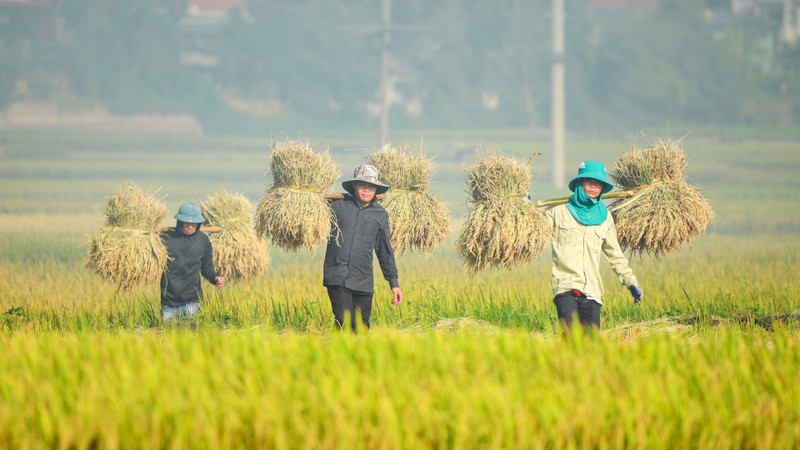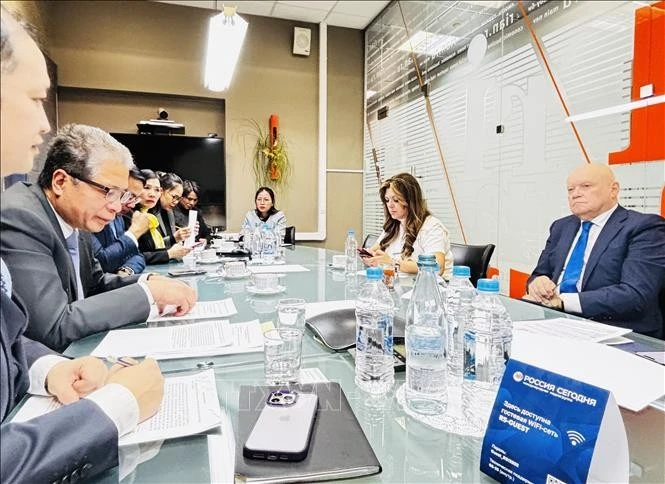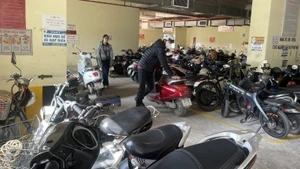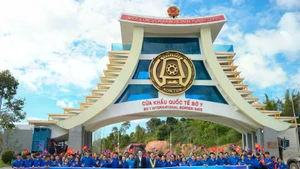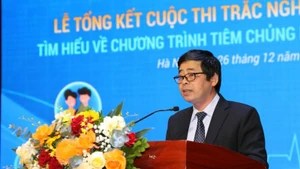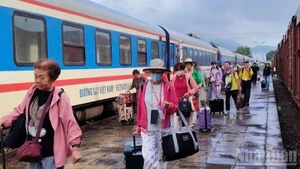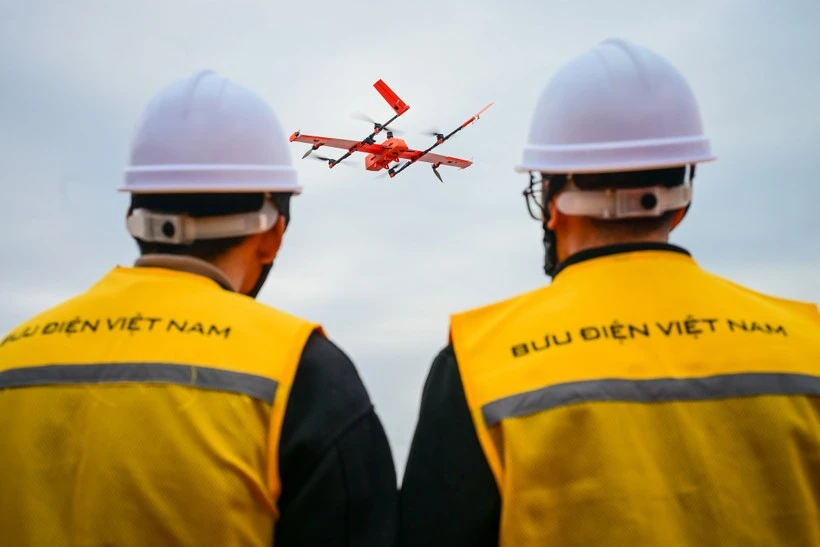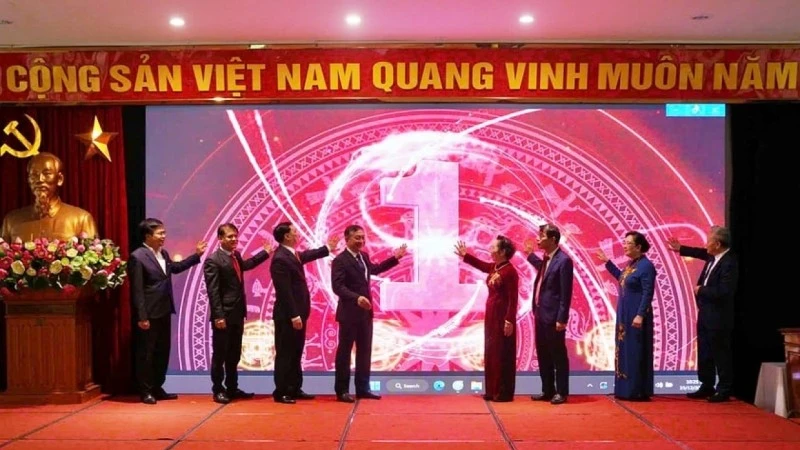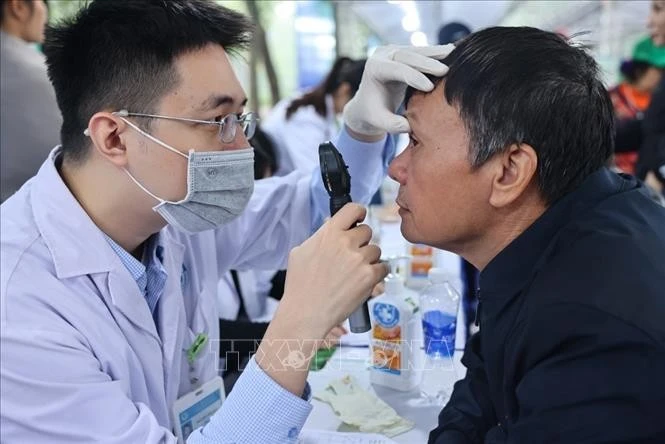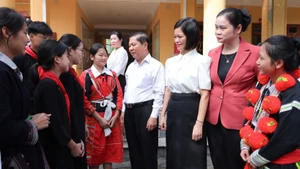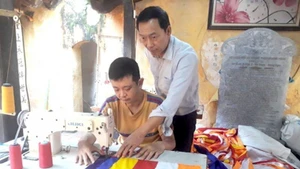Poverty rate projected to fall below 1% by 2025
According to a report from the National Office for Poverty Reduction (Ministry of Agriculture and Environment), between 2021 and 2025, Viet Nam’s poverty reduction efforts have surpassed the targets set by the National Assembly and Government, with an average annual reduction rate of 1–1.5%.
By 2024, the poverty rate had fallen from 5.2% in 2021 to 1.93%, with ethnic minority and mountainous areas achieving reductions of over 3% annually.
It is projected that by the end of 2025, the national multidimensional poverty rate will be approximately 0.9–1.1%, while the rate among ethnic minorities will remain at 12.55%.
Pham Hong Dao, Deputy Chief of the National Office for Poverty Reduction, emphasised that in 1998, the national poverty rate was around 58%; by the end of 2024, it had dropped to just 1.93%.
Viet Nam is among the first 30 countries globally, and one of the earliest in Asia, to adopt a multidimensional poverty approach that links minimum living standards with sustainable development goals.
The international community continues to recognise Viet Nam as one of the fastest countries to escape poverty. To achieve these results, the Party and State have prioritised substantial resource allocation. The national target programme for sustainable poverty reduction during 2021–2025 was supported by a total budget of 75 trillion VND, including 48 trillion from the central budget, 12 trillion from local funding, and additional socialised sources.
More than 10,500 poverty reduction models and projects have been implemented, fostering sustainable livelihoods and promoting economic and labour restructuring in disadvantaged localities. Infrastructure in underprivileged areas has significantly improved, helping to reduce regional disparities.
To date, 19 particularly difficult communes in coastal, island, and border areas, along with three poor districts (under previous administrative units), have successfully exited poverty. The campaign “For the Poor – Leaving No One Behind” has gained widespread traction, encouraging self-reliance and mobilising resources from across society.
Viet Nam has revised its national poverty standards eight times to reflect each phase of socio-economic development. It is among the first 30 countries globally, and one of the earliest in Asia, to adopt a multidimensional poverty approach that links minimum living standards with sustainable development goals.
Deputy Chief Pham Hong Dao noted that the Government not only assists people in escaping poverty but also focuses on preventing them from falling back into it through policies such as loan support, job creation, vocational training, free health insurance, and tuition exemptions for disadvantaged students. Importantly, poverty reduction programmes incorporate gender equality measures, enhancing the role of women and girls in marginalised communities.
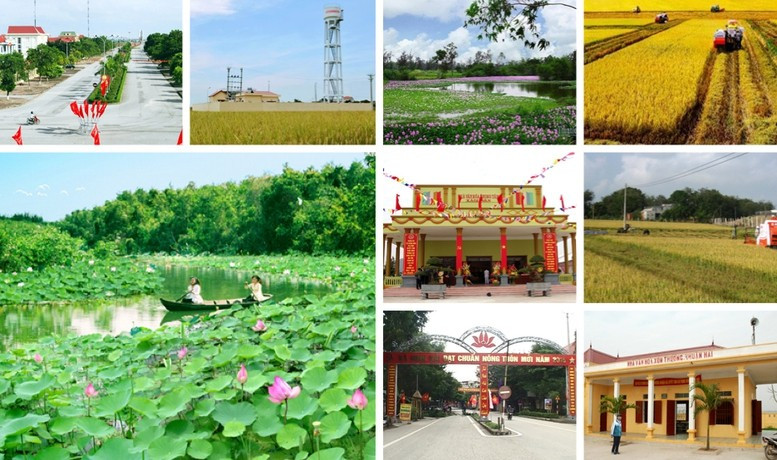
Future strategies for sustainable, inclusive and adaptive poverty reduction
Despite considerable progress, challenges remain in Viet Nam’s poverty reduction.
In certain midland and northern mountainous regions, as well as the Central Highlands, poverty rates remain high—sometimes reaching 50–70%. The risk of falling back into poverty is significant, and some individuals continue to rely heavily on assistance. Many remote areas still lack essential infrastructure, healthcare, education, clean water, and sanitation.
Pham Hong Dao shared that the Ministry of Agriculture and Environment is working with other ministries to develop multidimensional poverty standards for 2026–2030, in line with Secretariat Directive 05 on establishing inclusive, comprehensive, and sustainable poverty benchmarks. Proposed income thresholds are 2.8 million VND (106 USD) per person per month in urban areas and 2.2 million VND in rural areas.
With the Party and State’s dedicated support, the resilience of the people, and well-designed policies, it is believed that the goal of “a Viet Nam with no more poverty” is expected to become a reality in the near future.
New indicators will be introduced to assess access to clean water, sanitation, digital services, waste management, and vulnerability to natural disasters. From 2026 to 2030, the total state budget allocated to the national target programme for building new rural areas and sustainable poverty reduction is expected to reach approximately 360 trillion VND.
Poverty reduction efforts will be closely integrated with rural development, green economic growth, digital transformation, climate change adaptation, and the promotion of diverse and sustainable livelihoods, with careful consideration of each locality’s ecological and cultural context.
Focus will be placed on creating stable employment, enhancing digital skills for disadvantaged workers, expanding livelihood opportunities in both urban and rural areas, and encouraging entrepreneurship and the sharing economy.
Vulnerable groups will be prioritised, with continued emphasis on gender equality, child protection, and ensuring universal access to basic social services.
The State will maintain its leading role in mobilising resources, while encouraging participation from communities, businesses, and international organisations, ensuring transparency and efficiency in management.
Residents in remote areas often prefer not to migrate for work due to the social consequences, particularly for children. Therefore, it is essential to create stable local employment opportunities to provide income and reduce the need for migration.
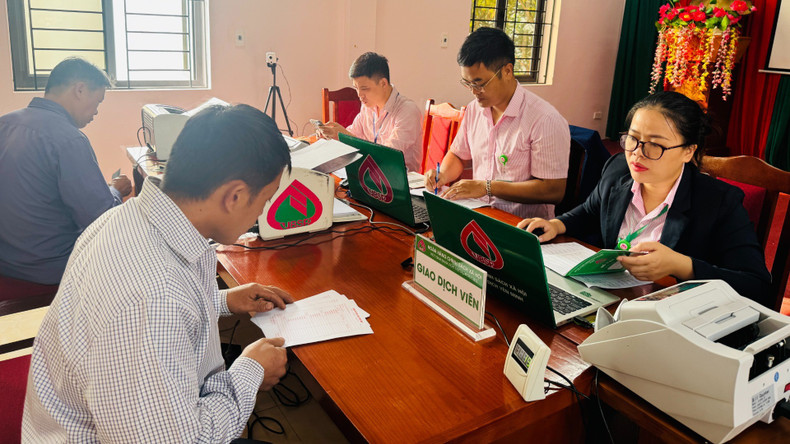
Viet Nam will accelerate digital transformation in vocational training, production management, and product distribution, promoting initiatives such as the “Digital Literacy for All” movement and the “Smart New Rural Village” model to improve digital competencies among disadvantaged workers.
Attention will also be given to gender equality, protection of vulnerable groups, and strengthening community capacity in monitoring and implementing poverty reduction initiatives.
The role of communities will be emphasised through decentralisation, capacity-building for grassroots officials, and digital data platforms. The Viet Nam Fatherland Front and social organisations will play a key role in supervising poverty reduction efforts and related campaigns.
With the Party and State’s dedicated support, the resilience of the people, and well-designed policies, it is believed that the goal of “a Viet Nam with no more poverty” is expected to become a reality in the near future.
